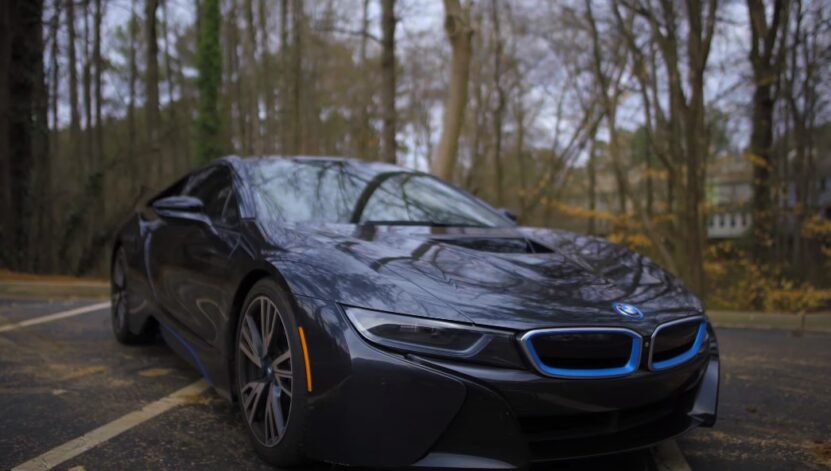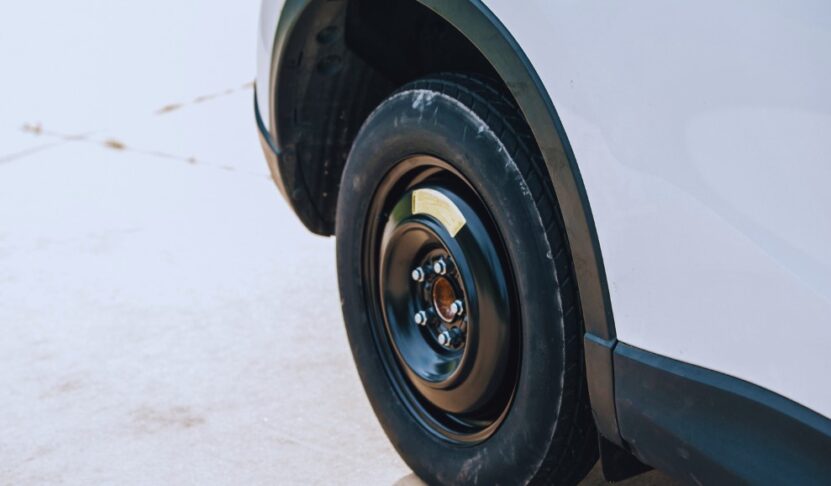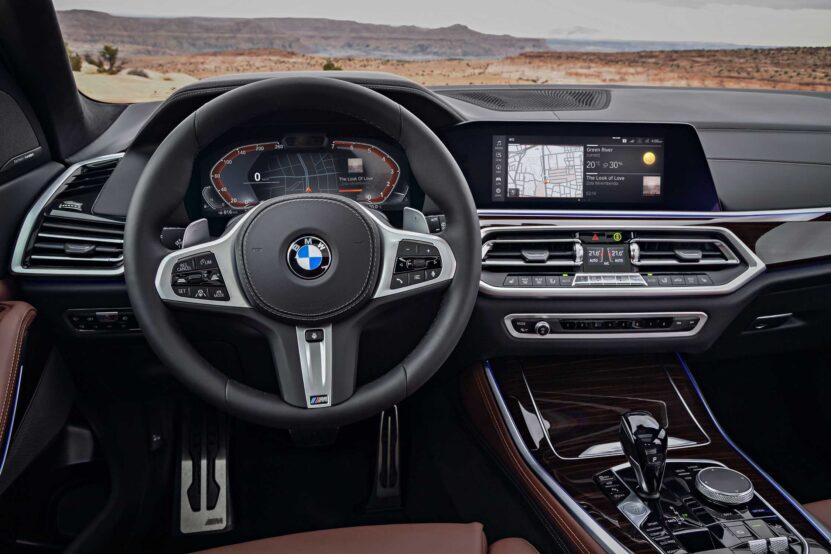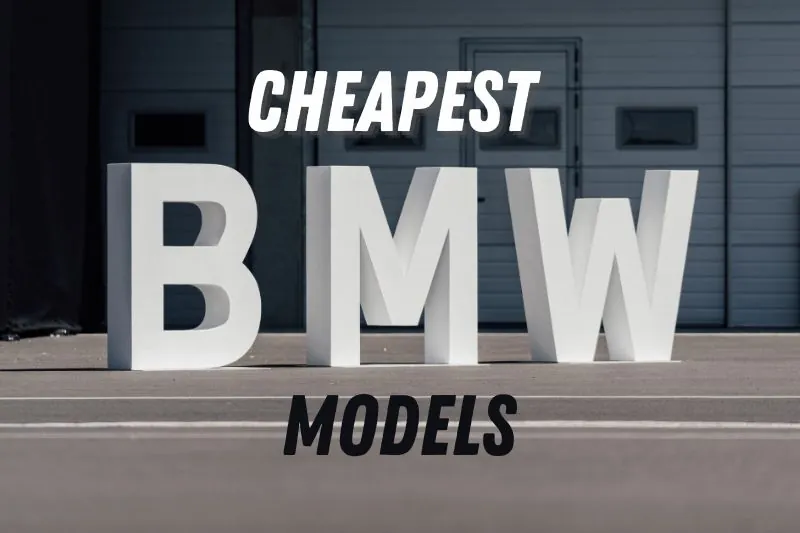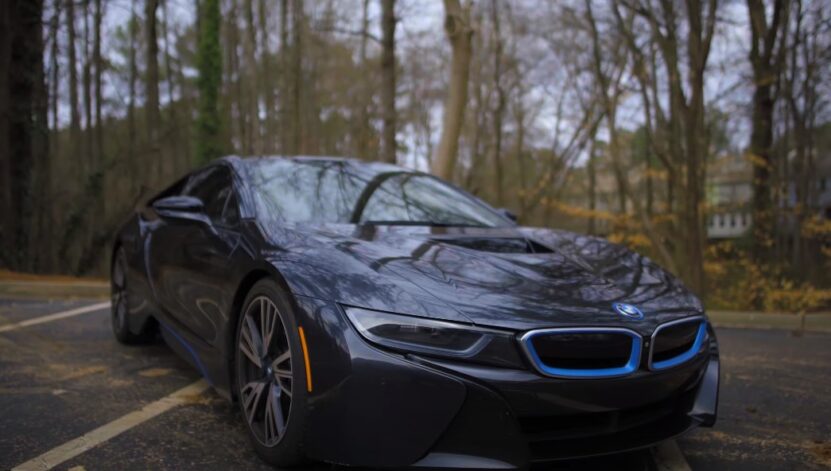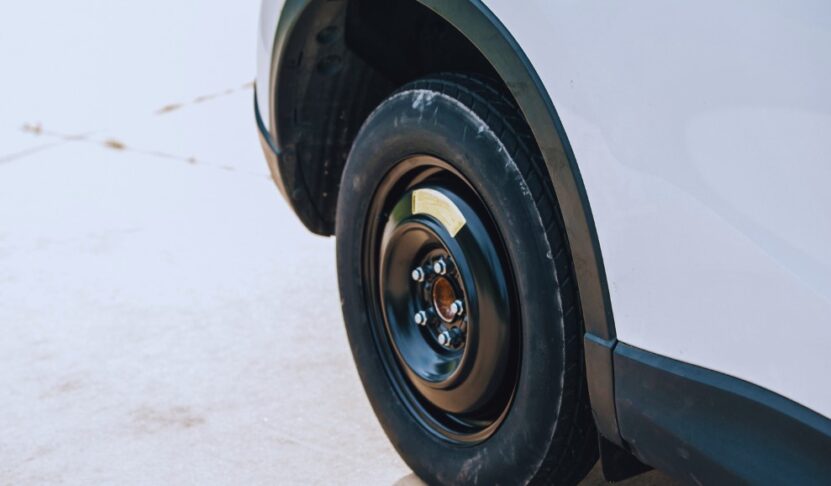
Share Post:
If you’re considering purchasing a new BMW, you may be curious about the distinction between sDrive and xDrive. These are the two primary types of drivetrain systems that BMW provides for its models, and they can greatly influence your driving experience.
In this blog post, we’ll explain what sDrive and xDrive are, how they work, what models they are available on, and what factors you should consider when choosing between them.
Where’s the Difference?
The main difference between sDrive and xDrive is that sDrive is rear-wheel drive and xDrive is all-wheel drive. This means that sDrive sends power to the rear wheels only, while xDrive distributes power to all four wheels.
This affects how the car performs, handles, and responds in different driving situations. Here’s a table that summarizes the main pros and cons of sDrive and xDrive:
| Drivetrain | Pros | Cons |
|---|---|---|
| sDrive |
|
|
| xDrive |
|
|
Depending on your personal preferences and driving needs, you may prefer one drivetrain over the other.
Driving Dynamics
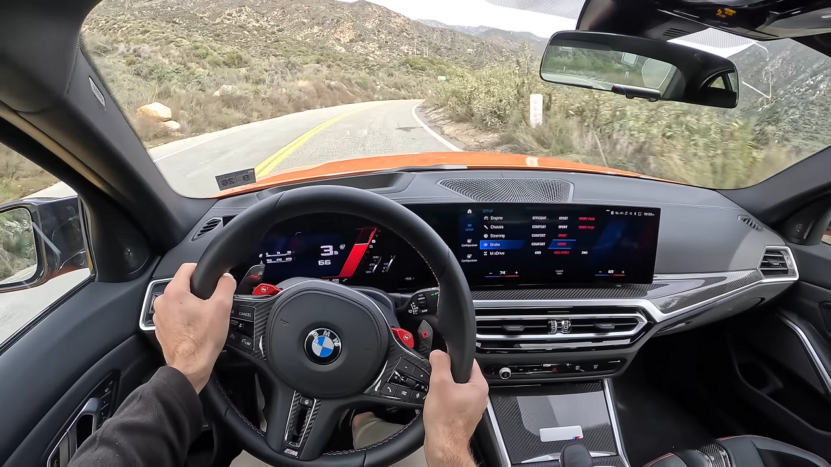
sDrive provides a sporty and agile driving experience, as it offers better acceleration and steering around corners. The rear wheels push the car forward and the front wheels steer the car.
However, sDrive has reduced traction and stability on slippery or uneven roads, as the rear wheels may lose grip and cause oversteer or understeer. xDrive provides better traction and handling in various driving conditions, as it adjusts the power distribution to the wheels that need it most.
It also works with Dynamic Stability Control to transfer torque from side to side, which can prevent oversteer or understeer. xDrive can also improve the cornering ability of the car, as it reduces the power to the inside wheels and increases the power to the outside wheels.
However, it has increased weight, reduced fuel efficiency, and higher cost.
Performance Differences

Car performance is determined by the engine, transmission, and drivetrain. BMW offers a range of engines and transmissions, and the drivetrain impacts performance.
sDrive offers acceleration and handling, fuel efficiency, and affordability. However, it struggles in wet or snowy conditions.
xDrive provides traction and stability in adverse weather and utilizes launch control. It adds weight and complexity, impacting fuel efficiency and cost.
Drivers seeking better traction and stability can choose xDrive.
Fuel Economy Implications
The weight and complexity of a car, influenced by the engine, transmission, and drivetrain, are important factors impacting fuel economy. BMW offers different engines, transmissions, and drivetrain systems (sDrive and xDrive), each with its own effect on fuel efficiency.
sDrive models are more fuel-efficient thanks to their lighter weight and simpler drivetrain system. With only one drive axle and no differential, they have less weight and complexity.
The rear-wheel drive layout also minimizes friction and power loss. However, sDrive may not perform as well in slippery conditions, as it may need more fuel for traction and stability.
On the other hand, xDrive models have lower fuel economy due to their heavier weight and more complex drivetrain system. With two drive axles and a differential, they have more weight and complexity.
The all-wheel drive layout also increases friction and power loss. Nevertheless, xDrive may be more efficient in slippery conditions, as it requires less fuel to maintain traction and stability.
What models are available with sDrive and xDrive?
BMW offers both sDrive and xDrive on a range of models, from sedans to SUVs. However, not every model has both options, and some models have only one option. Here’s a brief overview of the models and their drivetrain options:
Models with standard sDrive
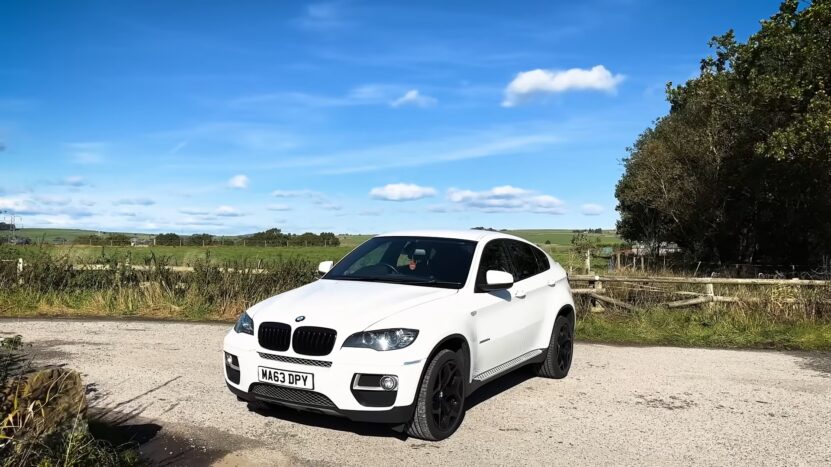
Each of the following models comes standard with sDrive 2WD:
- X1
- X2
- X3
- X5
- X6
- 7 Series sedan
- Z4 roadster
Models with available xDrive
All models with standard sDrive (see above) give you the option to upgrade with xDrive. xDrive is also available on the following models:
- 2 Series
- 3 Series
- 4 Series
- 5 Series
- 8 Series
Models with standard xDrive
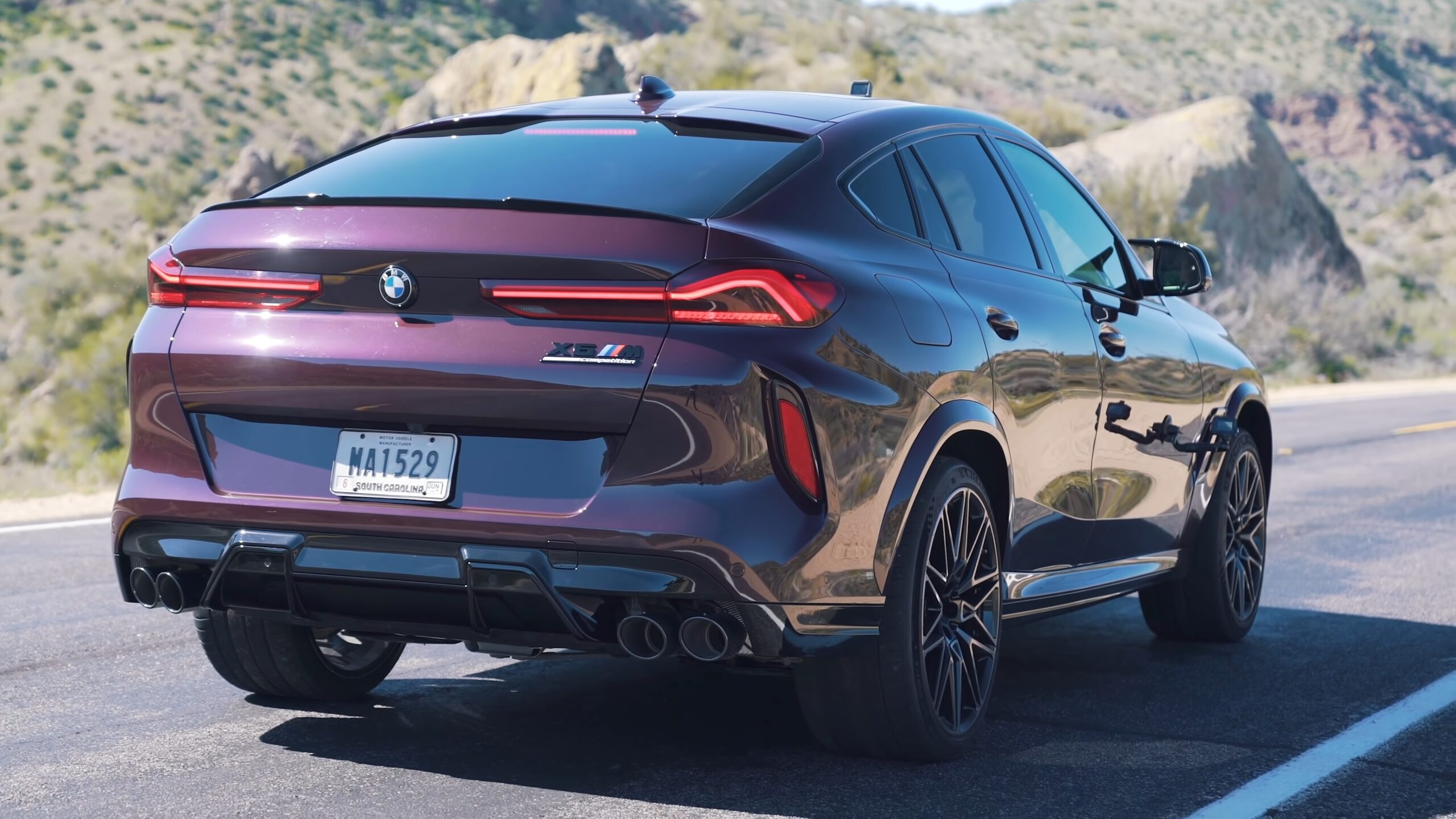
Several models include xDrive AWD as standard. Here’s where to look:
- X4
- X7
- I8
- M5
- M8
- X3 M
- X4 M
- X5 M
- X6 M
Factors to Consider when Choosing

The decision between sDrive and xDrive depends on your personal preferences and driving needs. Here are some factors you should consider when making your choice:
Weather and road conditions
Consider sDrive if you live in an area with mild weather and don’t encounter snow or ice while driving. On the other hand, xDrive is a better choice if you face harsh weather conditions or frequently drive on slippery roads.
Driving style and priorities
Choose sDrive if you prefer a sporty, unique performance with an emphasis on acceleration and handling. Conversely, if you prioritize traction, stability, and a secure driving experience, xDrive would be the better option for you.
Fuel economy and cost
Typically, sDrive models are more fuel-efficient and less expensive due to their lower weight and complexity. Nonetheless, the difference may not be significant, and you might find that the advantages of xDrive outweigh the additional cost and fuel consumption.
FAQ
How does sDrive or xDrive affect the maintenance costs of the car?
Generally, sDrive models have lower maintenance costs than xDrive models, as they have fewer components and less complexity. xDrive models require more frequent servicing and inspection of the differential, transfer case, and other parts of the all-wheel drive system. xDrive models may also need more frequent tire replacement, as uneven tire wear can affect the performance and efficiency of the system.
How does sDrive or xDrive affect the resale value of the car?
The resale value of a car depends on many factors, such as the condition, mileage, age, and demand of the car. In general, xDrive models tend to have higher resale value than sDrive models, as they are more popular and desirable among buyers who value the enhanced traction and stability of all-wheel drive. However, this may vary depending on the market and the model of the car.
How can I tell if a BMW has sDrive or xDrive?
To find out if a BMW has sDrive or xDrive, check the emblem on the rear of the car. An “x” preceding the model number (e.g., “X3 xDrive30i”) means it has xDrive. If the emblem has no “x” (e.g., “X3 sDrive30i“), it has sDrive. You may also refer to the VIN or owner’s manual for more details.
How do I switch between sDrive and xDrive modes?
You cannot switch between sDrive and xDrive modes, as they are fixed drivetrain systems that are determined by the model and configuration of your BMW vehicle. sDrive and xDrive are not modes that you can select or change, but rather permanent features that affect how your vehicle performs and handles. If you want to have both sDrive and xDrive options, you will need to buy two different BMW models, one with sDrive and one with xDrive.
What are the advantages and disadvantages of sDrive and xDrive for off-road driving?
sDrive and xDrive have different benefits and drawbacks for off-road driving. sDrive is lighter and more agile, ideal for sand, gravel, or dirt roads. However, it lacks stability on slippery surfaces like mud, snow, or rocks. On the other hand, xDrive is heavier but offers better grip and control on challenging terrain such as steep hills, wet grass, or ice.
How does sDrive or xDrive affect the interior space and comfort of the car?
sDrive and xDrive do not significantly affect interior space and comfort. There may be minor differences in legroom, headroom, or trunk space depending on the model. xDrive models may have a slightly higher floor or smaller trunk due to the all-wheel drive system, but overall comfort is not impacted.
Bottom Line
sDrive and xDrive are both excellent drivetrain systems that offer different advantages and disadvantages. The best option for you depends on your personal preferences and driving needs.
We hope this blog post has helped you understand the difference between sDrive and xDrive and make an informed decision. If you have any questions or want to test drive a BMW model with sDrive or xDrive, feel free to contact us or visit our dealership.
We’ll be happy to help you find the perfect BMW for you.
Related Posts:
- What Is Xdrive On BMW - Elevate Your Driving Experience
- BMW E36 M3: Why Car Enthusiasts Love It - A Timeless Classic
- What Does Dynamic Traction Control Mean on BMW? -…
- What is Gesture Control on BMW? How Cutting-Edge…
- The "is" Mystique: Unpacking BMW's Legendary…
- Guide to the 2024 BMW M3 ─ Unmatched Performance,…


